The Ultimate Guide to Shipping from China to Germany: Everything You Need to Know
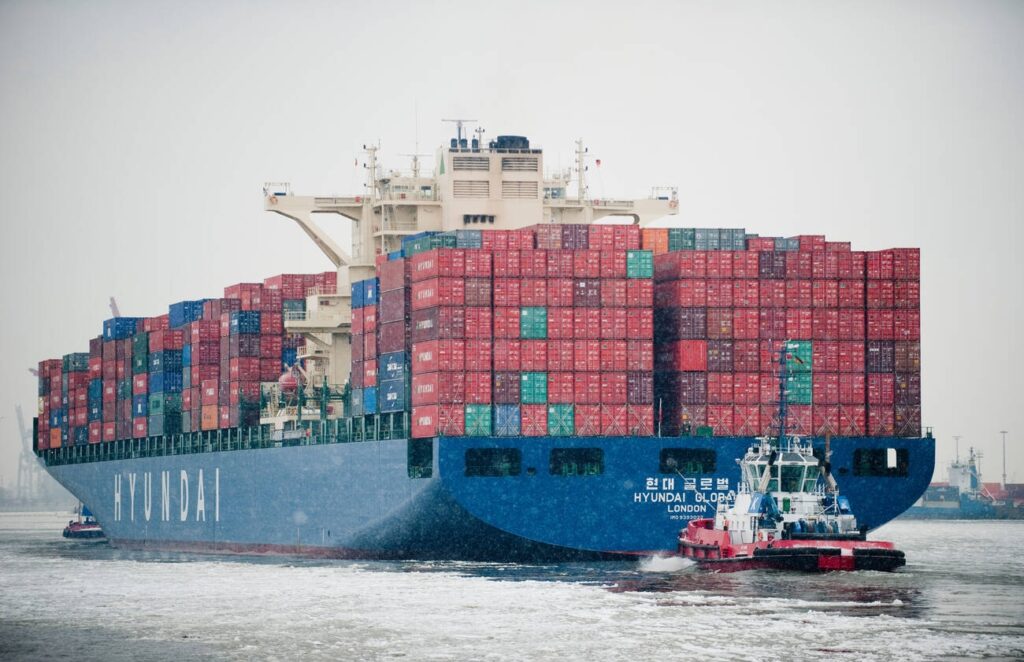
Introduction
Shipping from China to Germany is a crucial aspect of international trade, facilitating the movement of goods between two economic powerhouses. Whether you’re a seasoned importer or a budding entrepreneur, understanding the intricacies of this process is essential for successful business operations.
- Understanding the Process
- Choosing the Right Shipping Method
- Calculating Costs
- Managing Customs Clearance
- Ensuring Product Safety
- Tracking Shipments
- Dealing with Returns and Refunds
- Optimizing Shipping Efficiency
- Overcoming Common Challenges
- Tips for Successful Shipping
- Future Trends in Shipping
- Conclusion
- FAQs
Understanding the Process
Documentation Required
Before initiating any shipment, it’s imperative to gather the necessary documentation. This includes commercial invoices, packing lists, and certificates of origin. Ensuring accurate paperwork not only expedites the shipping process but also prevents potential delays at customs.
Shipping Methods
Several shipping methods are available, each catering to specific requirements and budgets. Air freight offers speed but comes at a higher cost, while sea freight is more economical for bulk shipments. Rail freight presents a viable alternative, particularly for landlocked regions.
Choosing the Right Shipping Method
Air Freight
Ideal for time-sensitive goods, air freight guarantees swift delivery within days. However, it’s crucial to weigh the higher costs against the urgency of your shipment.
Sea Freight
Sea freight remains the most cost-effective option for large volumes of goods. While slower than air freight, it provides substantial savings, making it preferred for less time-sensitive cargo.
Rail Freight
Emerging as a middle-ground solution, rail freight offers a balance between speed and cost efficiency. With the development of transcontinental rail networks, this mode of transportation is gaining popularity for its reliability and shorter transit times compared to sea freight.
Calculating Costs
Freight Charges
Calculating freight charges involves considering factors such as shipment weight, volume, and destination. Various freight forwarders and carriers offer competitive rates, requiring thorough research to secure the best deal.
Customs Duties and Taxes
Importing goods into Germany entails customs duties and taxes levied based on the product type and value. Understanding these charges beforehand allows for accurate cost projections and prevents unexpected financial burdens.
Managing Customs Clearance
Required Paperwork
Smooth customs clearance hinges on comprehensive documentation. Apart from standard paperwork, certain products may require additional permits or certifications to comply with regulatory standards.
Customs Regulations
Navigating customs regulations necessitates familiarity with German import laws. Adhering to these guidelines not only expedites clearance but also mitigates the risk of penalties or confiscations.
Ensuring Product Safety
Packaging Standards
Effective packaging safeguards products during transit, minimizing the risk of damage or spoilage. Adhering to international packaging standards ensures compliance with regulatory requirements and enhances customer satisfaction.
Compliance with Regulations
Meeting regulatory standards is paramount to avoid regulatory hurdles and maintain consumer trust. Familiarize yourself with product-specific regulations governing imports into Germany to ensure seamless compliance.
Tracking Shipments
Utilizing Tracking Tools
Tracking shipments in real-time provides valuable insights into their whereabouts and estimated delivery times. Leveraging advanced tracking tools enables proactive management of logistics and timely intervention in case of unforeseen delays.
Managing Delays and Issues
Despite meticulous planning, delays and issues may arise during transit. Effective communication with carriers and freight forwarders is crucial for swift resolution and minimizing disruptions to the supply chain.
Dealing with Returns and Refunds
Establishing Return Policies
Establishing clear return policies instills confidence in customers and facilitates hassle-free returns. Transparent communication regarding return procedures and timelines fosters positive customer experiences and encourages repeat business.
Handling Defective Products
Addressing defective products promptly is essential to uphold quality standards and maintain brand reputation. Implementing robust quality control measures minimizes the likelihood of defective shipments and streamlines the return process.
Optimizing Shipping Efficiency
Streamlining Processes
Efficient shipping operations rely on streamlined processes and automation wherever possible. Adopting integrated logistics solutions enhances productivity, reduces lead times, and lowers operational costs.
Working with Reliable Partners
Collaborating with reputable shipping partners and logistics providers is instrumental in ensuring reliable and punctual deliveries. Building strong partnerships fosters trust and facilitates seamless coordination throughout the supply chain.
Overcoming Common Challenges
Language Barriers
Navigating language barriers requires effective communication channels and translation services. Cultivating multilingual capabilities or engaging bilingual staff facilitates smoother interactions with international partners.
Cultural Differences
Respecting cultural nuances fosters positive business relationships and minimizes misunderstandings. Familiarize yourself with German business customs and etiquette to navigate cultural differences effectively.
Logistic Complexities
Addressing logistic complexities demands strategic planning and adaptability. Anticipating potential challenges and devising contingency plans ensures resilience in the face of logistical hurdles.
Tips for Successful Shipping
Communication
Maintaining open lines of communication with all stakeholders fosters transparency and collaboration. Regular updates and prompt responses to inquiries enhance customer satisfaction and mitigate disputes.
Planning Ahead
Proactive planning minimizes last-minute setbacks and ensures timely deliveries. Anticipating peak seasons and adjusting inventory levels accordingly prevents stockouts and delays.
Quality Control
Prioritizing quality control safeguards against defective products and shipping errors. Implementing rigorous inspection protocols at various stages of the supply chain minimizes the risk of costly returns and recalls.
Future Trends in Shipping
Technological Advancements
Advancements in technology, such as blockchain and IoT, are revolutionizing the shipping industry. Embracing digital solutions enhances supply chain visibility, traceability, and efficiency.
Sustainability Initiatives
Increasing emphasis on sustainability drives eco-friendly shipping practices and carbon-neutral initiatives. Adopting green logistics solutions reduces environmental impact and aligns with consumer preferences for ethical sourcing.
Conclusion
Navigating the complexities of shipping from China to Germany requires meticulous planning, clear communication, and adherence to regulatory requirements. By leveraging the right shipping methods, optimizing logistics processes, and staying abreast of industry trends, businesses can ensure seamless operations and deliver exceptional customer experiences.
FAQs
What are the typical transit times for shipments from China to Germany?
Transit times vary depending on the chosen shipping method. Air freight typically takes 3-7 days, sea freight ranges from 25-40 days, and rail freight averages 12-20 days.
How can I calculate shipping costs accurately?
Shipping costs depend on various factors, including shipment weight, volume, and destination. Utilize online freight calculators or consult with freight forwarders for precise cost estimates.
What documents are required for customs clearance in Germany?
Essential documents include commercial invoices, packing lists, certificates of origin, and any relevant permits or licenses for specific products.
How can I track my shipments during transit?
Most carriers and freight forwarders provide tracking services via their websites or mobile apps. Simply enter your shipment tracking number to monitor its progress in real-time.
What measures can I take to minimize customs delays?
Ensure all required documentation is accurate and complete, and comply with German import regulations. Proactively communicate with customs officials and resolve any issues promptly to expedite clearance processes.
Recent Posts
- Budget-Friendly Imports: Strategies for Cost Control When Importing Goods From China
- Bridging Cultures: Navigating Cultural Aspects in China Imports
- Guide to working with a sourcing agent in China for startups
- How China Sourcing Agents Can Transform Your Business
- Exploring the Benefits of Collaborating with a China Sourcing Agent
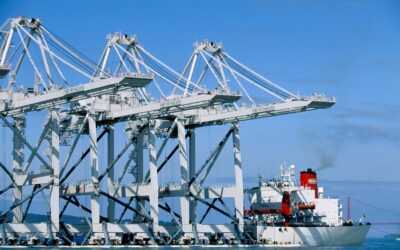
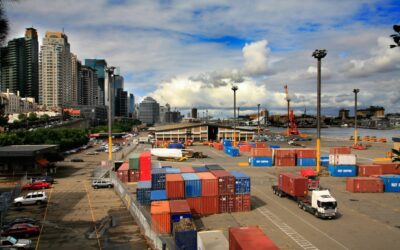
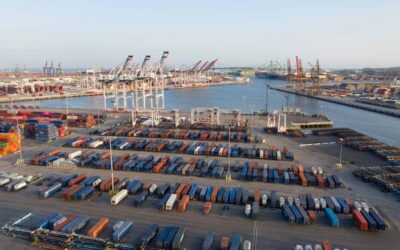


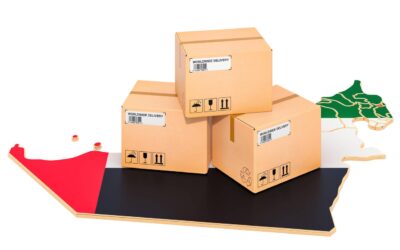
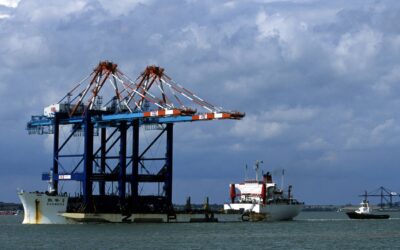
Recent Comments